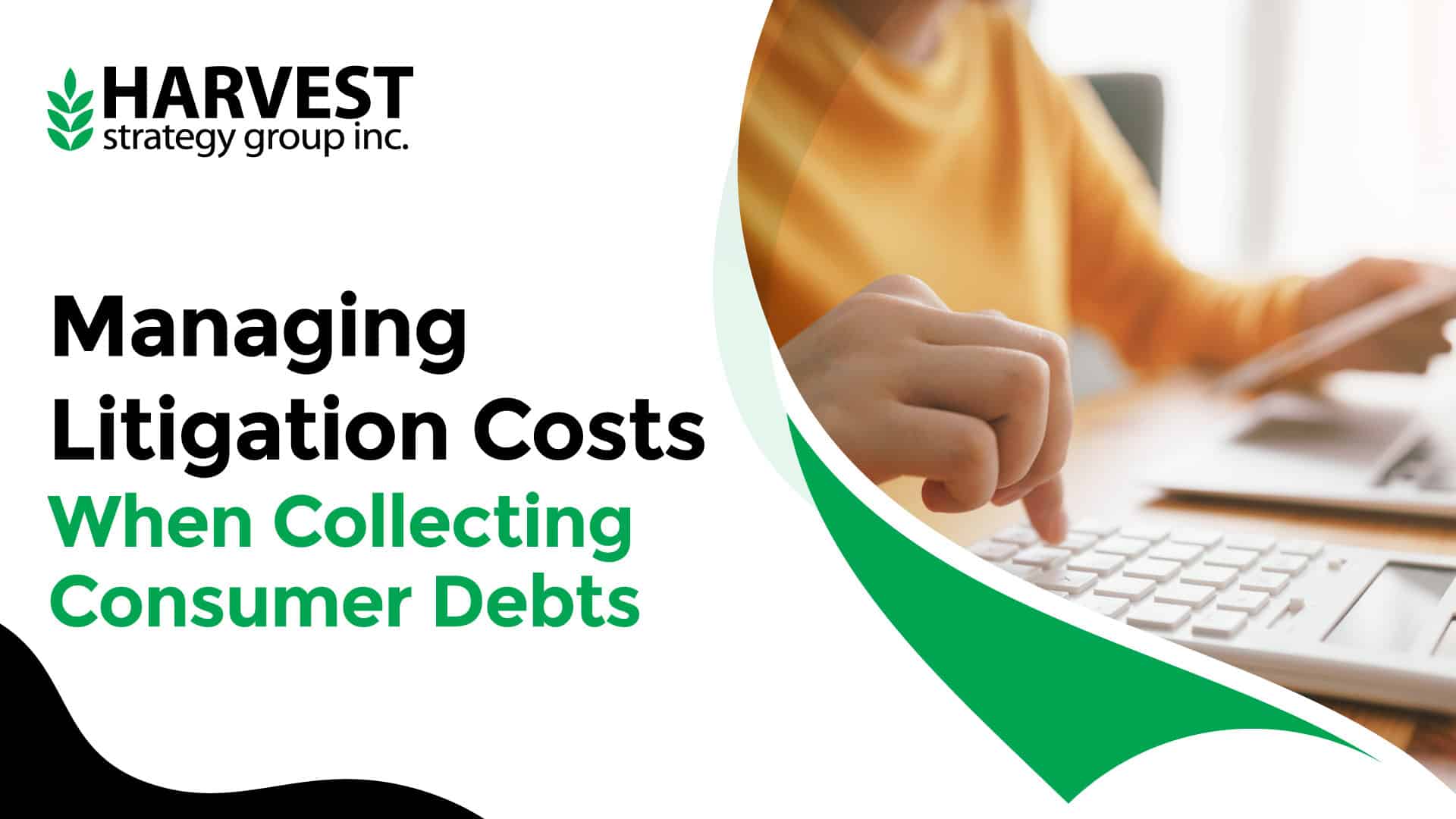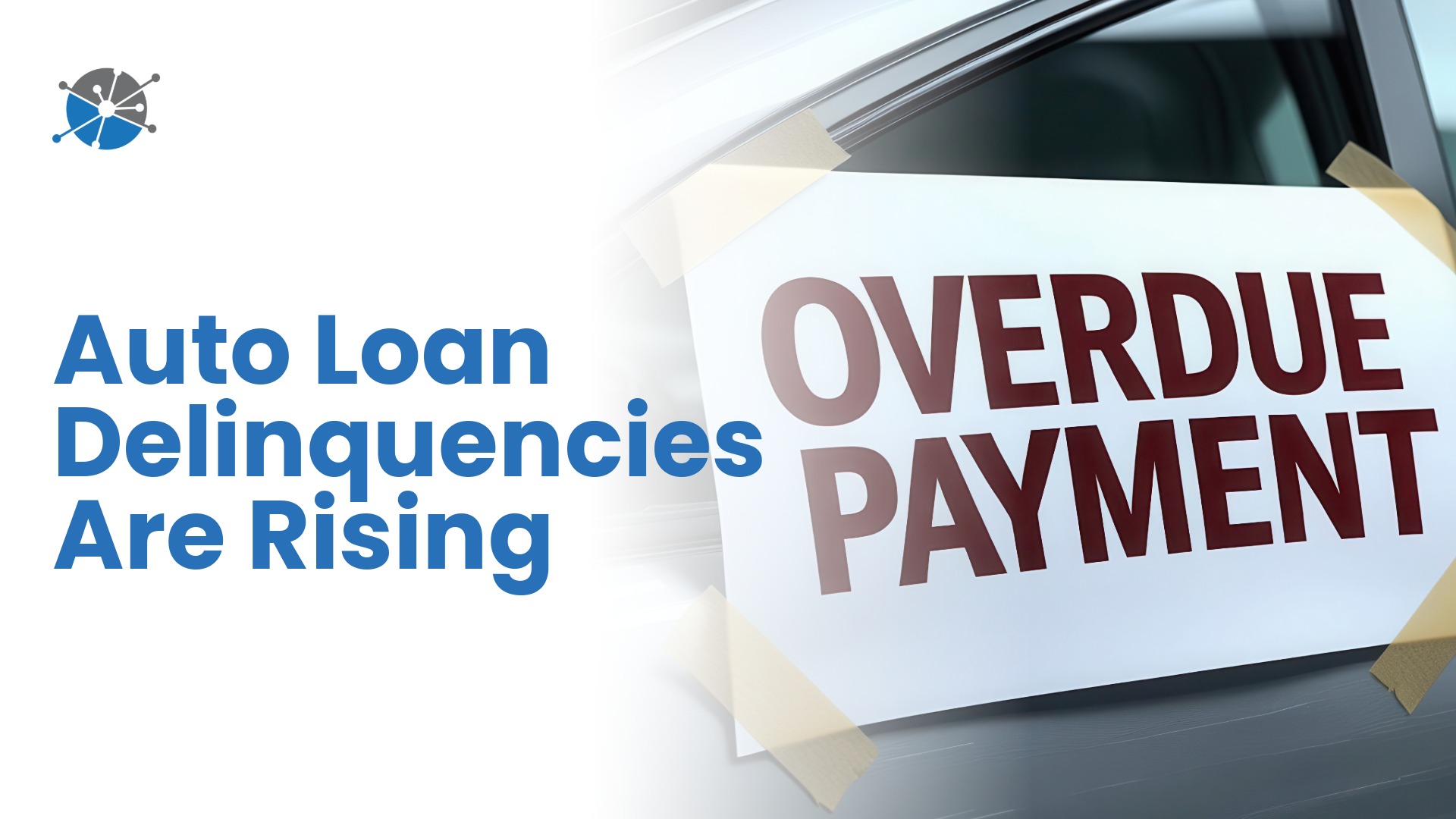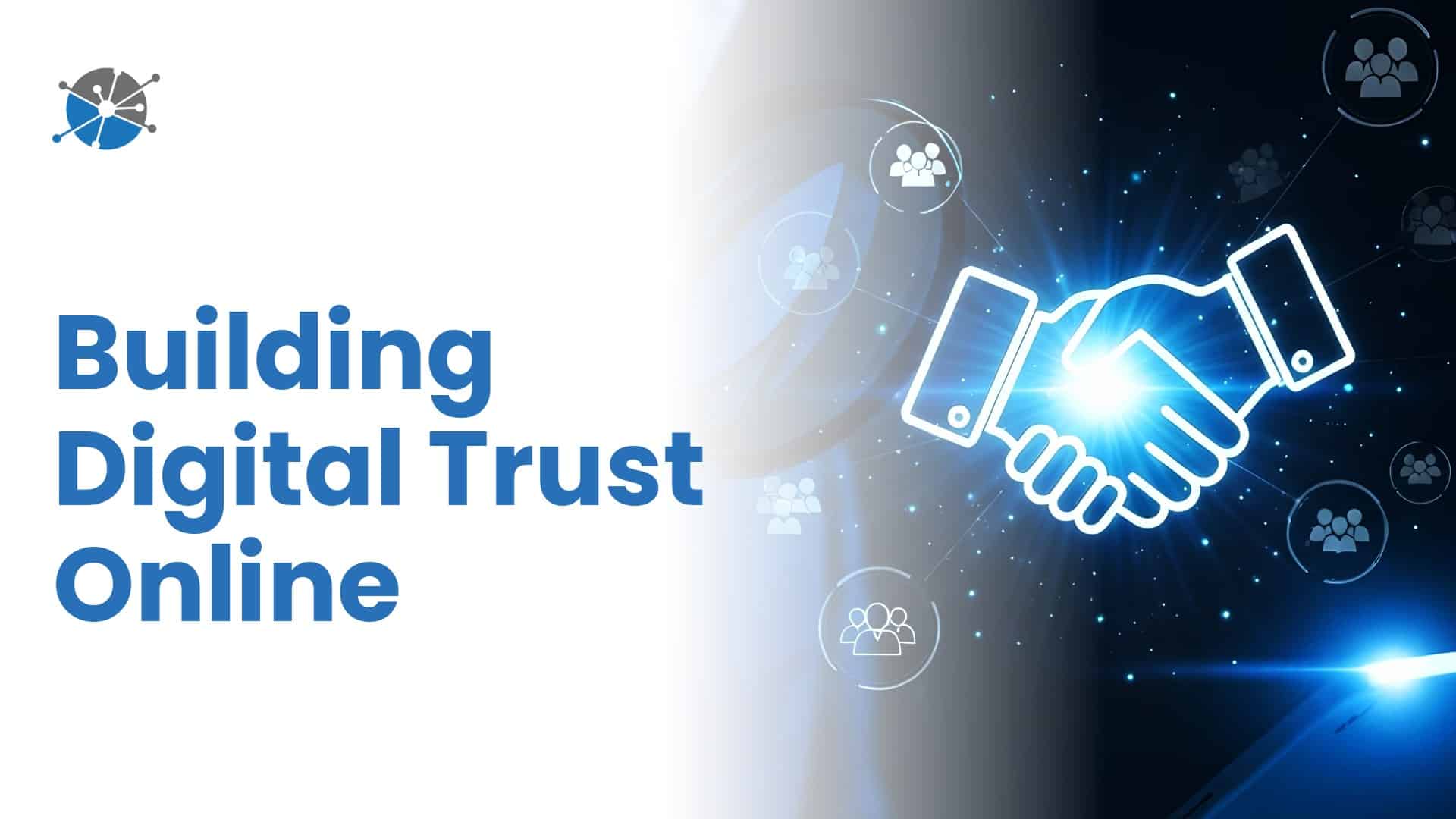
Managing Litigation Costs When Collecting Consumer Debts
Have you ever weighed the immediate pinch of a cost against its long-term value? Debt collectors often face the challenge of balancing short-term gains with long-term considerations. It’s a tug-of-war between immediate returns and the potential of sustained returns over several years.
In this blog, we will look into the complexity of choices that creditors and receivables businesses face. Let’s unravel the cost-benefit matrix of collecting consumer debts, examine the variables, and understand how forward-thinking businesses can navigate these waters in an era of ever-evolving regulations.
Weighing the price of collection vs. litigation
Traditional collections
Debt recovery often feels like walking a tightrope. On one side, we have traditional collection efforts. They’re straightforward and less pricey. While the ways and means are varied and strategized, the concept is simple: locate, make contact, negotiate, and ideally retrieve the balance owed. It’s the first “port of call,” aiming for quick retrieval and keeping the best rapport possible with the consumer. Often, this means accommodating payment plans or other flexible forms of repayment.
Litigation
In most cases, litigation isn’t the first path forward. Rather, affording consumers the opportunity to pay voluntarily tends to be the prudent first step. However, sometimes dialogue and negotiation don’t yield results, if they are even responsive. That’s where litigation may eventually become necessary. Up front, it’s pricier, factoring in lawyer fees, court costs, and the sheer time it takes; but, the returns can be significantly higher. Obtain a judgment, and you could potentially recover the core debt, accumulated interest, and occasionally, your legal fees. It’s tempting for creditors, especially when the data indicates that the consumer has the ability to pay but refuses.
Decision factors
The decision isn’t black and white. It’s about gauging the account balance, getting a read on the consumer’s financial position, considering state-specific statutes and collection laws, weighing in documentation availability and integrity, creditor policies, and more. Every situation is unique and demands a distinct approach. The ultimate goal is to properly balance the initial expenditures involved with litigation against a long-term legal strategy.
Leveraging data-driven models for strategic debt collection
Navigating the complexities of account recovery decisions demands a calculated, analytical approach; it is not a place for relying on hunches. Today’s technological advancements grant us access to refined tools that facilitate a more holistic and informed perspective.
Data-driven decisioning
The importance of data cannot be overstated in the debt collection world. A number of fixed and variable data attributes funnel into the strategy and decision processes including public records, federal and state/local compliance rules, pay histories, propensity to pay, cost to collect, and more. Combining the key datasets and organizing that data with rules and safeguards helps to formulate the best strategy for collection and define the “why” to each choice.
Analytics tools
Among the tools available, Harvest’s proprietary scoring model, ProScore™, stands out. Sifting through vast amounts of various datasets helps to pinpoint accounts with the highest probability of yielding positive long-term results. This ensures that litigation efforts are laser-focused, mitigating risk, increasing ROI, and reducing wastage of time and resources. And ultimately, improving your agency strategy. With the fusion of demographics, historical data, and sophisticated proprietary models, the debt collection process transforms from a game of chance to a well-executed strategy.
Immediate costs vs. long-term returns
The choices in debt collection strategy frequently place businesses at a crossroads. On one hand, there’s the tangible, more immediate cost of litigation upfront. Yet when this comes with the potential of securing a judgment that spans a decade or two, a new perspective emerges.
Cost-to-benefit ratio
Litigation is like a strategic investment. Think of it as buying into a market with future potential. When a court issues a judgment in favor of the creditor, it often isn’t a fleeting victory. Instead, it paves the way for potential returns that extend far into the future, sometimes for 10 to 20 years. It’s a commitment, not just to the present, but to the expectation of a consistent flow of repayments over a prolonged period.
Yet, it’s essential to exercise discretion. The benefits of a long-term judgment should be balanced with practicality. The initial cost of litigation might outweigh the benefits for some accounts, especially if there’s uncertainty regarding the consumer’s ability to repay over the years.
So, while the annuity-like benefits of a judgment can be a boon to recovery, they must be viewed pragmatically, ensuring that each litigation decision is a calculated step toward future financial stability.
Forecasting repayment with precision
Understanding the future is as critical as knowing the present in debt collection. It’s more than just chasing outstanding balances; it’s about smartly predicting when and how these debts might be settled. Like businesses routinely forecasting sales or market trends, debt recovery hinges on forecasting repayments.
Data analytics and historical trends
Debt recovery specialists rely on a mix of data analytics and historical trends. Here’s why this is crucial:
- Efficiency: Knowing which accounts are more likely to repay allows for a targeted approach. It’s about allocating resources to where they’re most likely to yield results.
- Strategic planning: A clear view of potential repayments helps design strategies that align with the creditor’s expectations and the consumer’s financial situation.
- Building credibility: Presenting precise, evidence-based repayment forecasts to creditors helps to optimize recovery processes and establish trust.
The ultimate goal is streamlined processes, maximized recoveries, and informed decisions every step of the way. This blend of foresight and strategy sets successful debt collection apart.
Compliance changes
Part of managing a litigation program is ensuring that all activities are in compliance with all laws and regulations. Regulations in the debt collection industry can and do change, not just on a federal level but on state and local levels as well. This evolution stems from societal shifts, economic trends, and efforts to protect consumers from malpractice. Adhering to these regulations ensures that practices are ethical and lawful.
It’s critical to work with industry participants that remain abreast of change and adept at navigating it skillfully and nimbly. Harvest Strategy Group manages a proprietary network of esteemed creditors’ rights law firms with ongoing compliance oversight.
Needs of the business
Ultimately, debt collection companies are businesses, and they need to ensure their operations are efficient and their clients’ objectives are met. This necessitates strategies and practices that drive results within the bounds of prevailing laws. Strategies that work today that are both compliant and productive might need revisions tomorrow, as technology evolves and operations are continually revised for optimal efficiency.
Staying static means falling behind in debt recovery. The best recovery partners immerse themselves in an ongoing cycle of education and adaptation. Through consistent workshops, briefings, and industry seminars, professionals master adapting to evolving regulations while balancing the needs of the business and its clients. This dedication ensures they strike the right balance, keeping their operations compliant and efficient.
Conclusion
Ultimately, the decision of whether to prioritize short-term recovery or pursue long-term litigation depends on specific circumstances, philosophy, the nature of the debt and the expectations of the creditor. It’s a complex balancing act that requires careful consideration of the financial, legal, and ethical implications of each approach. Companies like Harvest Strategy Group serve as a knowledgeable and professional guide in managing that balance. They simplify the complexities of the process by using data-driven methods and staying ahead of legal changes. Working with an agency like Harvest Strategy Group makes debt collection both intelligent and ethical.
Consider Harvest Strategy Group your go-to partner for more thoughtful, more effective debt recovery. With Harvest by your side, you’re not just chasing money but building a strategy that stands the test of time. Ready to make debt collection less of a headache? Let’s get started.
About Harvest Strategy Group, Inc.
Harvest Strategy Group provides single-point-of-contact, nationwide recovery management services for banks, finance companies, debt buyers, and credit unions. The company fosters an entrepreneurial environment and encourages its staff to challenge boundaries, think outside the box, and feel a sense of ownership and accountability for results. Harvest’s mission is to lead the accounts receivable management industry through strength in partnerships, exceptional service, and the delivery of superior results. If you wish to join our team, apply to Harvest Strategy Group online.







